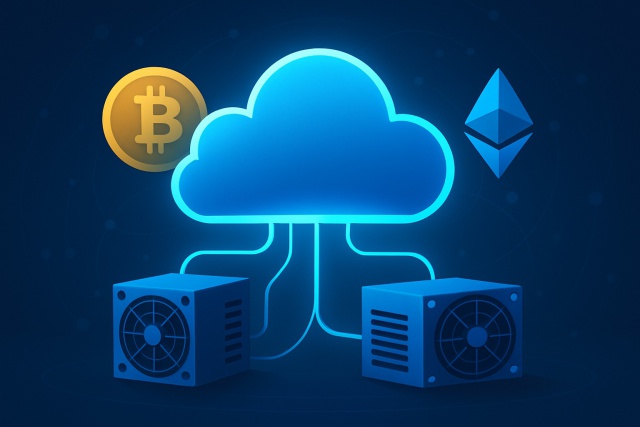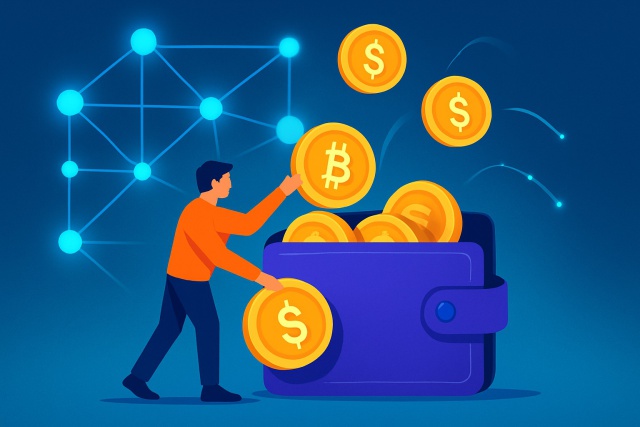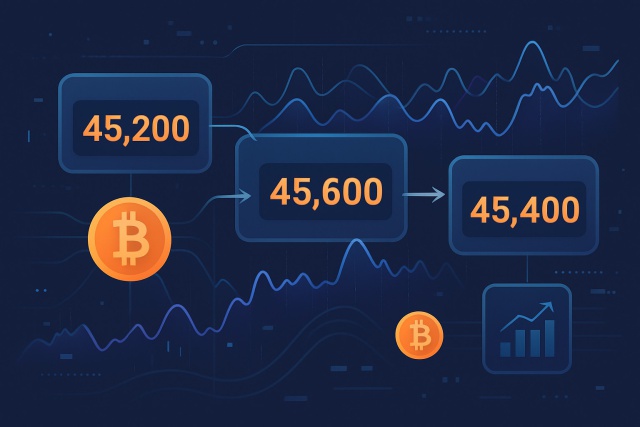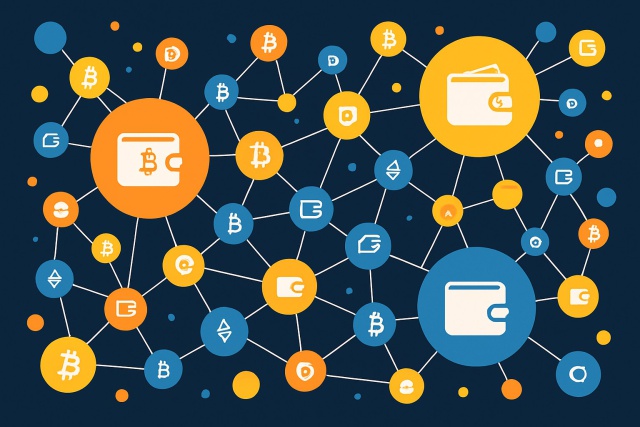Crypto mining profitability Explained Simply for New Miners

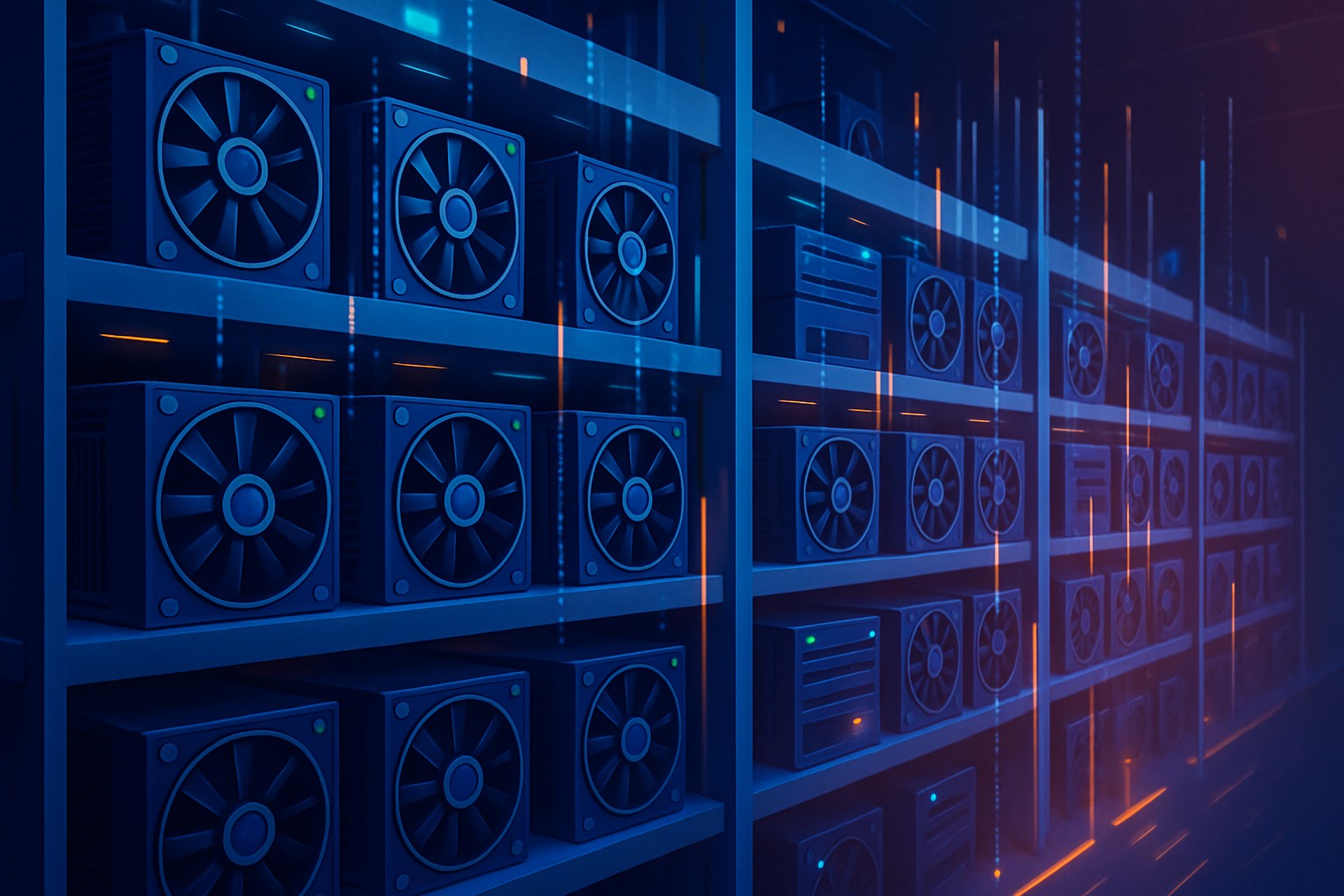
Getting a clear sense of crypto mining profitability is pretty vital for new miners aiming to make smart choices and squeeze the most out of their efforts, especially since hardware costs and energy prices tend to do a bit of a dance and change quite often.
What Exactly Is Crypto Mining and How Does It Work, Anyway
Crypto mining is all about validating transactions and adding them to a blockchain ledger. Miners put their computing horsepower to work, tackling some seriously complex mathematical puzzles known as proof of work. This not only keeps the network locked down tight but also allows them to earn cryptocurrency rewards.
- Double-check and give the nod to new transactions buzzing through the network.
- Gather those trusty, valid transactions and bundle them into a shiny new block.
- Tackle some brain-teasing cryptographic puzzles to hunt down a valid block hash—it’s like a digital treasure hunt.
- Securely fasten the verified block onto the blockchain, keeping the whole network’s integrity intact and sound.
Essential Ideas About Crypto Mining Profitability You’ll Want to Keep in Your Back Pocket
Crypto mining profitability hinges on a handful of key factors. We are talking about the reward you get for mining each block, the tricky complexity of cryptographic puzzles, how often blocks get mined and the overall computational power known as the hash rate powering the network.
- Hardware efficiency basically tells you how much computing muscle you’re squeezing out of every single watt of electricity you use.
- Electricity costs hit your pocket directly, shaping how much your mining venture will ultimately cost you on an ongoing basis.
- Mining pool fees nibble away at your share of the rewards whenever you team up with others to mine.
- The ever-shifting cryptocurrency market prices play a big role in determining the actual fiat value of what you earn.
- Mining difficulty ramps up or down to keep block times steady, which in turn stirs the pot when it comes to competition over hash rates.
How Mining Hardware Plays a Big Role in Profitability
Mining hardware plays a starring role when it comes to turning a profit. ASIC miners are tailor-made for specific coins like Bitcoin so they tend to punch way above their weight with higher hash rates and sharper energy efficiency. They usually come with a bigger upfront price tag and aren’t exactly shape-shifters in flexibility. Meanwhile, GPUs might not win awards for watt efficiency but they make up for it with their chameleon-like ability to handle different cryptocurrencies. They’re generally easier to get your hands on.
| Mining Hardware | Hash Rate (TH/s) | Power Consumption (W) | Approximate Cost (USD) | Estimated Daily Profitability (USD) |
|---|---|---|---|---|
| Antminer S19 Pro | 110 | 3250 | 2500 | Typically brings in about 15 to 20 bucks a day, give or take |
| Whatsminer M30S+ | 100 | 3400 | 2200 | Usually nets around 13 to 18 dollars daily, not too shabby |
| NVIDIA RTX 3080 | 0.12 (ETH) | 320 | 700 | You can expect anywhere between 1.5 and 3 dollars, depending on the luck of the mining gods |
| AMD Radeon RX 6800 | 0.09 (ETH) | 250 | 600 | Generally pulls in about 1 to 2 dollars each day, modest but steady |
| Antminer L7 | 9500 | 3425 | 9000 | Usually rakes in over 100 dollars daily, quite the powerhouse! |
How Electricity Costs Affect You (and Why It’s Not Always Straightforward)
Electricity often ends up being one of the heftiest ongoing expenses in crypto mining. Since high-power rigs gobble up affordable electricity to keep turning a profit, really getting a handle on how electricity pricing ticks and managing consumption wisely can make a surprisingly noticeable dent in your mining returns
- Setting up mining operations in places where electricity is cheaper can significantly reduce costs and is always a win.
- Using renewable energy saves money and helps protect the environment.
- Running miners during off-peak hours when rates usually drop is a smart way to prevent bills from getting too high.
- Choosing energy-efficient hardware and maintaining it regularly helps avoid wasted power and extra expenses.
Figuring Out Your Crypto Mining Profitability The Nitty-Gritty
Estimating mining profitability means juggling a few key details like your hardware's hash rate and power consumption, current electricity rates and of course the cryptocurrency's market price and block rewards.
Pick the mining hardware model that catches your eye and write down its hash rate.
Check the power consumption specs for your chosen miner because it’s important not to overlook this.
Find out your local electricity rate, whether in cents or dollars per kilowatt-hour.
Calculate your daily electricity cost by multiplying the power usage by the number of hours you run it and then by that electricity rate.
Take a quick look at the current price of the cryptocurrency you plan to mine to keep things realistic.
Estimate your expected daily mining rewards using online calculators or stats from mining pools since these tools can save you a headache.
Subtract the electricity costs and pool fees from your mining rewards to figure out what you’re actually making at the end.
Mining Pools and Solo Mining Profitability
Mining pools allow miners to team up and share rewards based on their contribution. This method usually helps smooth income swings but often comes with a few fees. On the flip side, solo mining offers the thrill of snagging the entire block reward yourself. However, the payouts can be unpredictable and the risks tend to be steeper—especially if you’re a smaller player in this game.
- Mining pools bring together resources to provide more consistent payouts that keep you coming back for more.
- Solo mining means you keep the entire reward to yourself but be prepared for payouts that are few and far between.
- Pool fees typically hover around 1-3% and nibble away at your overall earnings.
- Solo mining demands a hefty amount of hash power if you want any chance at regularly cracking blocks.
External Factors That Can Make or Break Mining Profitability
Mining profitability often hinges on a mix of factors like the rollercoaster ride of crypto prices and tweaks in network difficulty. It is also impacted by ever-shifting regulations and the slow march of hardware wear and tear.
- Quick shifts in cryptocurrency prices can seriously make or break profit margins in a flash.
- Mining difficulty tends to creep up over time, asking for beefier computing power as the months roll by.
- The lifespan of your hardware really matters when it comes to recouping capital and figuring out the right moment to swap it out.
- Government rules can throw curveballs like new taxes or limits that shake up day-to-day operations.
- Changes in energy policy often sneak in to affect electricity costs or even how much power is available.
Tips and Best Practices for Getting the Most Out of Crypto Mining
Mining crypto can feel like chasing a moving target sometimes, but with a bit of know-how and a sprinkle of patience, you will find it’s not as daunting as it seems. Whether you’re just dipping your toes in or have been at it for a while, these tips will help you squeeze every bit of potential out of your mining setup.
New miners often give themselves a leg up by picking hardware that’s energy-smart and joining reliable mining pools. They also keep a sharp eye on pesky electricity bills. Timing their buys and sells to ride market shifts also helps.
Invest in high-efficiency mining rigs to get the most hash power from each watt of electricity. It is all about maximizing your returns.
Join well-established mining pools with low fees and steady dependable payouts because no one likes surprise delays in their earnings.
Keep a close eye on your electricity usage and adjust your mining schedule as needed. A little fine-tuning can significantly reduce costs.
Watch the crypto markets closely and be ready to change your mining or selling strategy quickly. Staying flexible is key in this fast-moving world.
Stay updated on blockchain developments, new hardware and energy-saving tips because even small changes can have a big impact.
Common Mistakes New Crypto Miners Often Make (And How to Dodge Them Like a Pro)
A lot of new miners often underestimate costs like electricity and maintenance, all while hoping for fatter profits than what’s really in the cards. Some dive headfirst into buying hardware without doing their homework. Then there are those who get caught up in scams promising guaranteed returns or offering fake mining software—yeah, it happens more than you’d think.
"One of the classic pitfalls for new miners is totally glossing over those pesky operational costs and getting swept away by wildly optimistic promises. From what I have seen, doing your homework and staying on top of things consistently can really be the secret sauce for mining that not only turns a profit but sticks around for the long haul." – Jane Doe, Crypto Mining Analyst
Future Outlook Is Crypto Mining Still Worth the Fuss?
Even with the hurdles piling up, advances in ASIC technology and the growing embrace of renewable energy still seem to give crypto mining profitability a much-needed boost.
Useful Links
Start Your Crypto Journey with Coinbase Today
Ready to enter the cryptocurrency market but unsure where to begin? Coinbase makes buying, selling, and storing digital assets simple and secure for beginners and experts alike.




